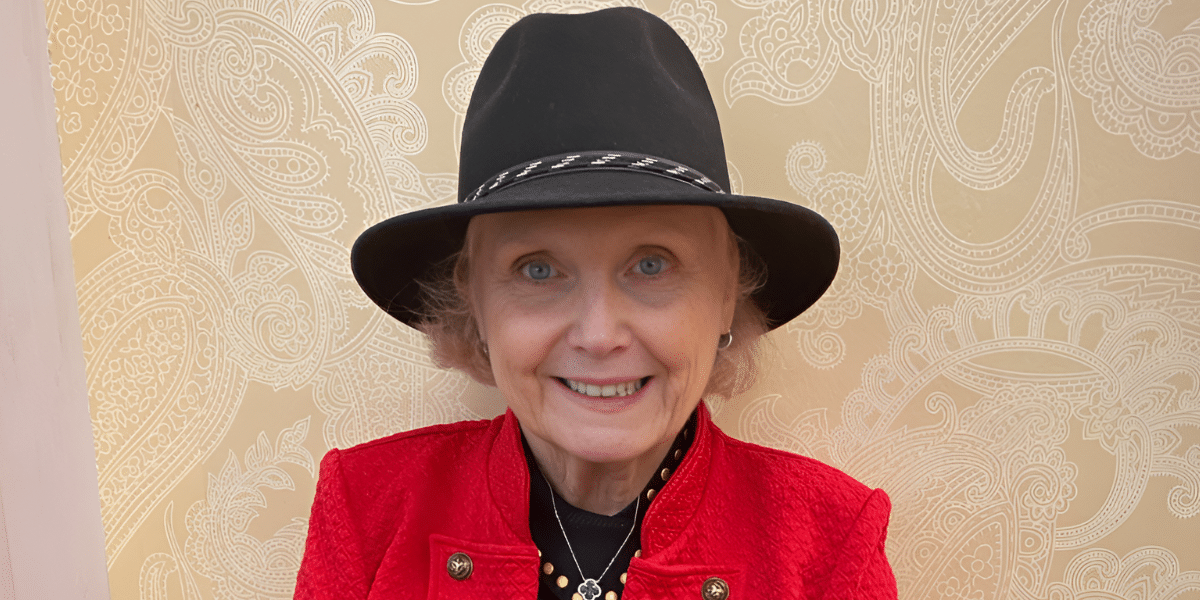It is intriguing to see how countless businesses fight against the unrelenting current of coffee culture. Often, we see companies struggle to make a name for themselves, to imprint their beliefs and traditions on a long-running race. And most of the time, they just do not stick.
And then there is Starbucks—a company who, as opposed to battling against the current, allowed itself to ride with it instead, thereby invariably changing not only the coffee culture of America (from where it began) but also that of the whole world.
Now known as the largest coffeehouse chain in the world, it’s hard to deny their influence on society. Founded by Jerry Baldwin, Gordon Bowker, and Zev Siegl back in 1971, on the grounds of shared interest in coffee and tea, Starbucks started working on its pursuit of selling high-quality coffee beans. By 1996, Starbucks began to venture into international expansions: from Asia to Africa, down to Europe and Oceania. Fifty years into the business and it is only continuing to grow.
Going through the many elements that constitute Starbucks’ overall success and impact entails one to first delve into the true meaning and implications of coffee culture. What is it? Simply put, coffee culture is the tradition that surrounds the consumption of coffee. This culture involved artistic hubs and social and intellectual centers back in the 16th century in Turkey. This culture varies significantly in different countries and at different times. Espresso and coffee stands are, for instance, more ubiquitous in particular countries than they are in others.
Currently, Starbucks is the United States’ representation of coffee culture. More than anything else, this speaks volumes on its influence on said tradition. Among its many facets is the distinctively friendly and warm ambiance of its branches. It single-handedly shifted the world’s perspective on what coffee shops are and what coffee can genuinely be for an individual. Starbucks allows people to appreciate java in an experiential fashion.
Another notable element to the coffee culture of Starbucks is the sense of community, of familiarity that one encounters upon entering a branch. They take brand localization into serious consideration, and they do it in an effort to make meaningful connections with their customers. Branches by the sea might, for instance, adopt ocean waves in their design, and those located in the South might take after soulful blues music.
And, of course, Starbucks offers a vast array of both coffee and food. They popularized what is now known as the Frappuccino beverage and even later on began a “skinny” line of drinks, that is, low-calorie, sugar-free versions of their other beverages. Not only that, beer, wines, and appetizers are also offered at a few select “Starbucks Evenings” and in several groceries and supermarkets, some of their ice cream and cold coffee drinks.
The Starbucks official mission is “To inspire and nurture the human spirit – one person, one cup and one neighborhood at a time.” What does it take, therefore, to be part of this culture? A cup of coffee and a whole lot of the Starbucks experience.
Sources:
https://www.britannica.com/topic/Starbucks
https://en.wikipedia.org/wiki/Starbucks
https://libertymind.co.uk/culture-crash-to-a-culture-king-the-starbucks-company-culture-lessons/
http://panmore.com/starbucks-coffee-company-organizational-culture
https://www.arkansasonline.com/news/2017/dec/10/how-starbucks-changed-coffee-culture-20/










